Complying with ITU regulations for spectrum management
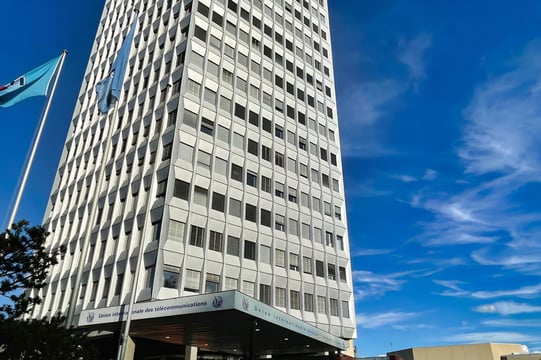
Winning a tender to supply spectrum monitoring equipment to a national regulator involves strict compliance with many regulatory approvals standards set by authorities, including the FCC (Federal Communications Commission), EU (European Union), and national authorities. These include regulations on electrical safety, EMC, and RF spectrum emissions and are a legal requirement for the supply of radio equipment in many countries.
In addition to regulatory approvals standards, the ITU (International Telecommunication Union), which plays a vital role in providing standards and recommendations across the telecoms and regulatory body sector worldwide, publishes its own comprehensive set of spectrum management recommendations.
What is the Spectrum Monitoring Handbook?
The ITU’s Spectrum Monitoring Handbook, written by a collaborative body of stakeholders, including regulatory bodies and industry leaders, is an important recommendation guide. The document is a collection of suggested best practices for regulators rather than imperatives forcing compliance with one specific methodology. Its contents are intended to be used by the reader in conjunction with their own operational needs, budgets, and desired outcomes.
Ralf Trautmann, Vice-Chairman of the ITU Working Party for Spectrum Monitoring, writes that “The purpose of this Handbook is to provide information and to give guidance to all those who are involved in the process of spectrum monitoring: managers, operators, maintenance staff, instructors and procurement managers.”
The book includes a vast number of recommendations on how compliance could be achieved; however, bodies are free to devise their own spectrum monitoring strategy (the associated deployment options, equipment choices, and workflows) appropriate to their unique needs.
The Handbook’s preface states that:
“This Handbook has been developed covering all essential features of spectrum monitoring techniques and activities, including the establishment of monitoring facilities. The Handbook is expected to be of great value to administrations and spectrum monitoring agencies. It is considered to be equally valuable to the developing as well as to developed countries.
It is hoped that this Handbook will prove to be a great asset in the field of spectrum management and spectrum monitoring for the establishment and operation of monitoring facilities. It should provide essential tools for spectrum management and for the performance of radiocommunication networks in an interference free environment.”
CRFS’ compliance with ITU regulations
Due to the very broad nature of ITU recommendations, no company—however large or small—can claim to comply totally and completely with all of the guidance, partly because the guidance offers alternative approaches to achieving the same requirement. CRFS follows the essence of the Handbook and endeavors to follow technical recommendations and best practices as closely as possible.
When working with regulatory agencies, prioritizing the critical regulations for a specific project is key. It is then possible to establish how compliance can be achieved with those recommendations using CRFS’ equipment.
As the recommendations are so extensive, CRFS has strategically drawn up a list of some of the most important items for regulatory authorities, and we design our products to adhere to these recommendations.
In addition to the general requirements as listed in the ITU Spectrum Monitoring Handbook, RFeye systems (Nodes, Arrays, and software) are specifically designed to be in line with the most important ITU-R recommendations for regulators:
Table 1: Examples of RFeye systems compliant with ITU-R recommendations
|
ITU Document |
RFeye compliance |
|
ITU-R SM.377 (Measurements of frequency and frequency offset) |
Compliant (locked to GPS) |
|
ITU-R SM.378 (Measurements of the electrical field strength) |
Compliant |
|
ITU-R SM.443 (Measurements of occupied bandwidth in given emission) |
Compliant |
|
ITU-R SM.854 (Direction finding and location determination at monitoring stations) |
Compliant |
|
ITU-R SM.1050 (Tasks of a Monitoring Service) |
Compliant |
|
ITU-R SM.1268-1 (Measuring FM deviation) |
Compliant |
|
ITU-R SM.1370 (Design of Advanced SMS) |
Compliant |
|
ITU-R SM.1392 (Essential Requirements for Spectrum Monitoring) |
Compliant |
|
ITU-R SM.1537 (Automation and integration of spectrum system with automated spectrum management) |
Compliant |
|
ITU-R SM.1600 (Technical identification of digital signals) |
Compliant |
|
ITU-R SM.1794 (Wideband instantaneous bandwidth spectrum monitoring system) |
Compliant |
|
ITU-R SM.1837 (IP3 Measurement) |
Compliant |
|
ITU-R SM.1838 (Noise Figure Measurement) |
Compliant |
|
ITU-R SM.1839 (Scanning speed Measurement) |
Compliant |
|
ITU-R SM.1880 (Spectrum Occupancy Measurement) |
Compliant |
|
ITU-R SM.2117 (I/Q data format for spectrum monitoring) |
Compliant |
|
ITU-R SM.2256 (Spectrum Occupancy Measurement) |
Compliant |
|
ITU-Rep SM.2257 (Spectrum Management and Monitoring during major events) |
CRFS included in ITU Report |
Specific examples of how CRFS software features are designed to comply with ITU regulations
ITU-R SM.443 (Measurements of occupied bandwidth in given emission)
ITU-R SM.443 is crucial in ensuring efficient and interference-free spectrum usage by providing a standardized approach to measure the occupied bandwidth of various radio frequency emissions. Compliance with this recommendation helps to maintain spectrum order and optimize spectrum allocation, especially in shared and congested frequency bands.
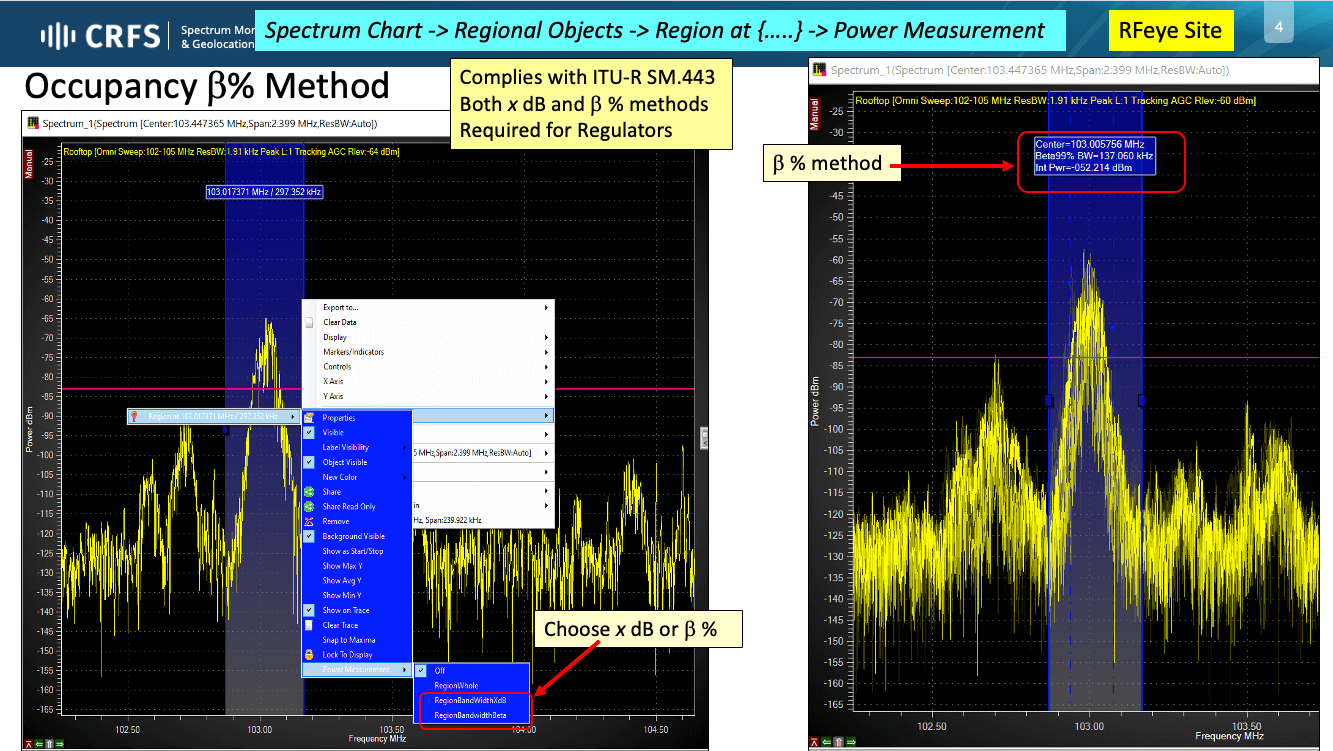
Figure 1: How RFeye Site complies with ITU-R SM.443
ITU-R SM.1268-1 (Measuring FM deviation)
ITU-R SM.1268-1 outlines the measurement methods, instrumentation requirements, and calibration procedures necessary to measure the maximum frequency deviation of FM broadcast emissions accurately. It also addresses potential sources of error and uncertainties in the measurement process.
Sending FM audio broadcast signals must not cause any disruption to neighboring channels. Precise measurements of MPX power and MPX peak deviation are essential in ensuring adherence to legal and regulatory standards as outlined in ITU-R SM.1268-1. These measurements help determine compliance with the specified requirements.
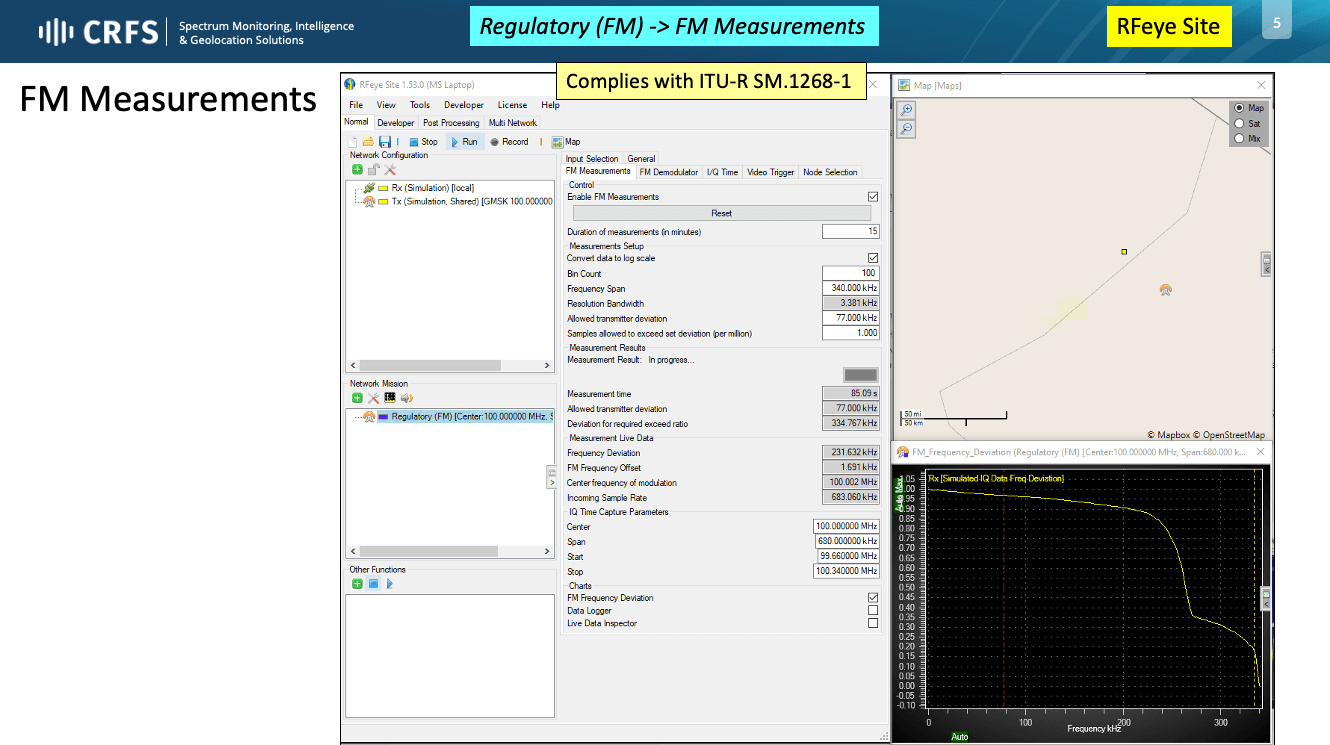
Figure 2: How RFeye Site complies with ITU-R SM.1268-1
ITU-R SM.1708 (RMS power detector only)
ITU-R SM.1708-1 provides guidelines and specifications for measuring the subjective loudness of sound-broadcasting signals using the RMS (Root Mean Square) power detector and peak program meter (PPM) method.
The recommendation outlines the use of the RMS power detector in conjunction with a peak program meter as a simple and cost-effective means to measure the subjective loudness of sound broadcasting signals. This method helps broadcasters to maintain consistent loudness levels across different programs and channels, ensuring a better listening experience for the audience.
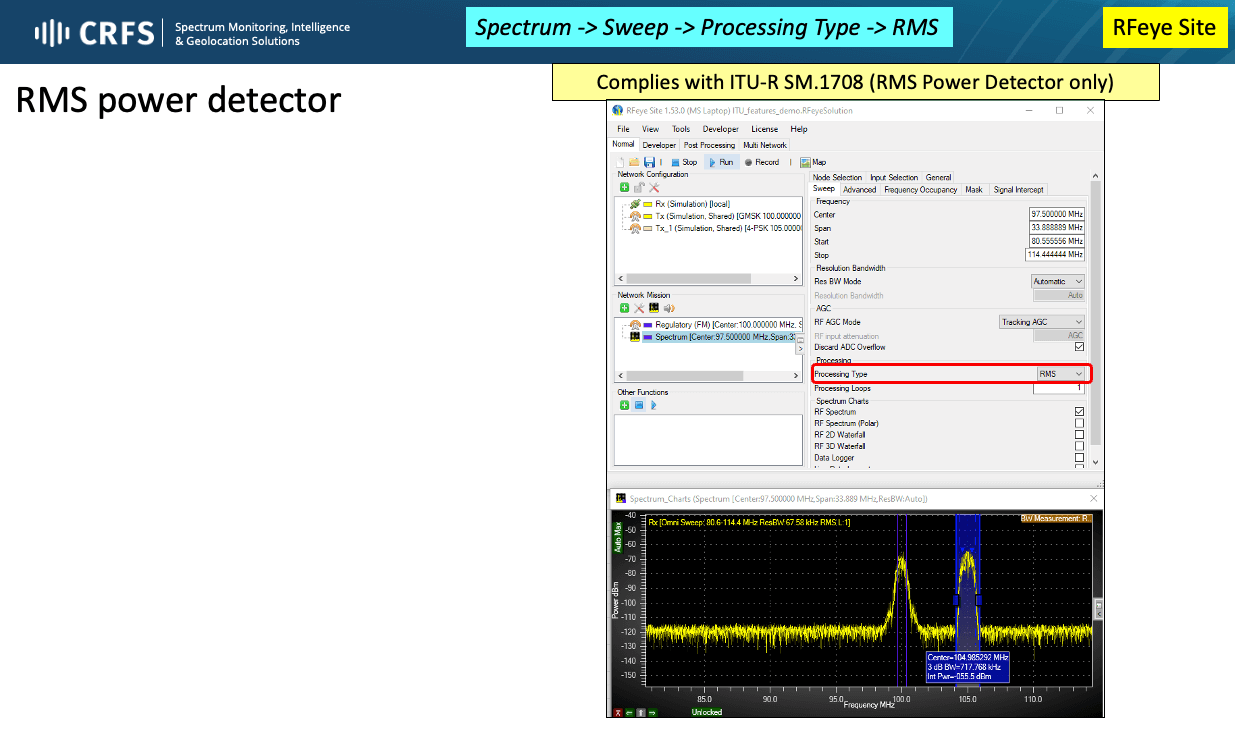
Figure 3: How RFeye Site complies with ITU-R SM.1708-1
ITU-R SM.378 (Measurements of the electrical field strength)
The main objective of ITU-R SM.378-7 is to evaluate the potential impact of broadcasting stations on terrestrial services operating in the same frequency range (from 0.15 to 105 GHz). It outlines the methodologies for making accurate and standardized measurements of the electromagnetic fields produced by broadcasting stations, considering various factors that can affect the measurement results.
The recommendation covers topics such as instrumentation requirements, measurement procedures, calibration methods, and data analysis techniques to ensure consistent and reliable field strength and power flux density measurements. These measurements are crucial for spectrum management, interference assessment, and regulatory compliance in the broadcasting sector.
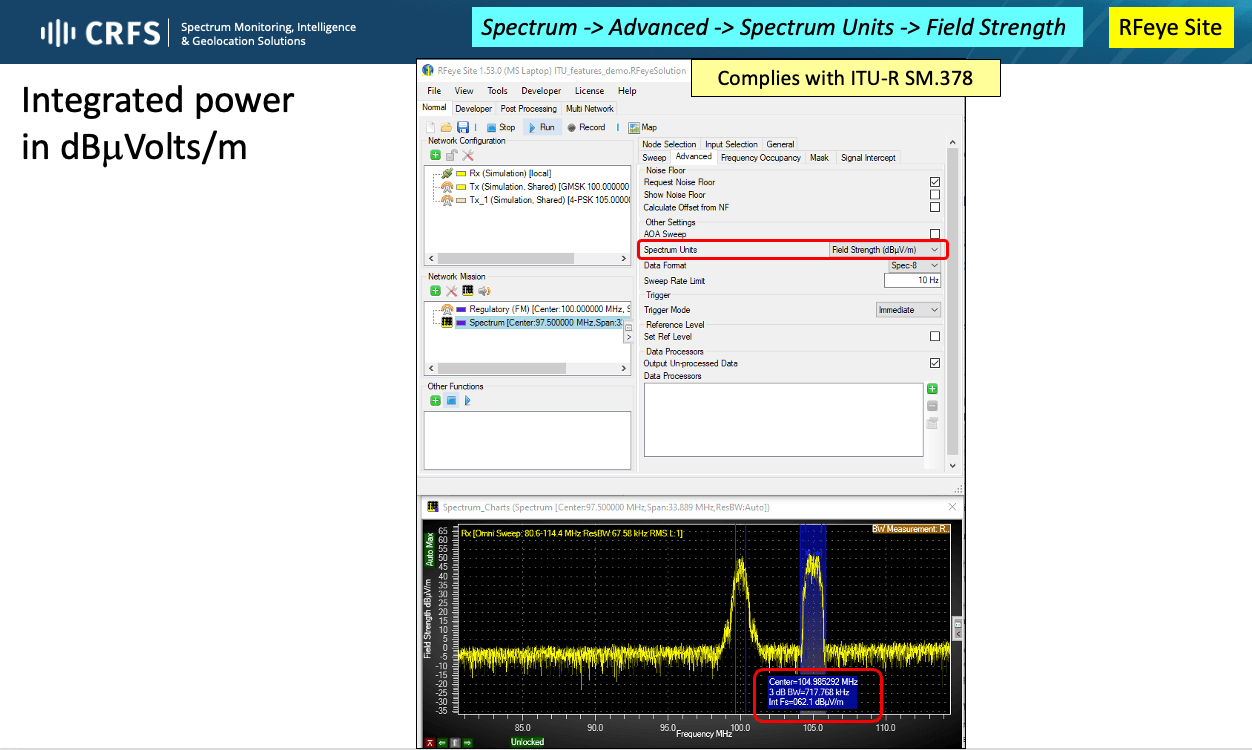
Figure 4: How RFeye Site complies with ITU-R SM.378-7
ITU-R SM.2117 (I/Q data format for spectrum monitoring)
ITU-R SM.2117 provides guidelines and technical specifications for spectrum monitoring and interference measurement using digital techniques, including the use of I/Q data format.
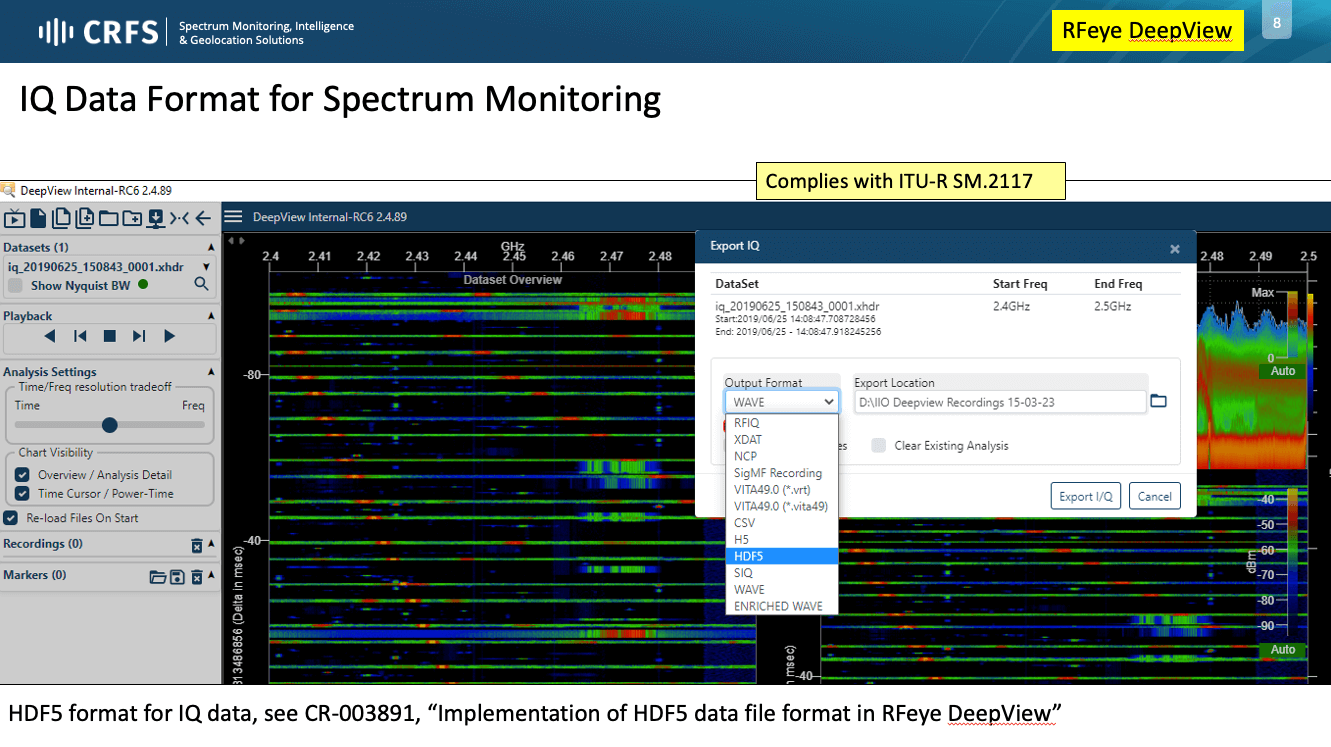
Figure 5: How DeepView complies with ITU-R SM.2117
Conclusion
Compliance with ITU regulations is no easy undertaking. They are detailed and wide-ranging—to cover a very large number of possible scenarios in spectrum monitoring applications. CRFS attempts to adhere to the best practice guidance, and the company aims to make continuous improvements by covering more and more of the recommendations. However, regulatory agencies’ tenders generally require compliance with only a limited subset of ITU spectrum monitoring recommendations. CRFS ensures it complies with the most common requests and works together with regulators to find ways to achieve compliance with those particular recommendations.
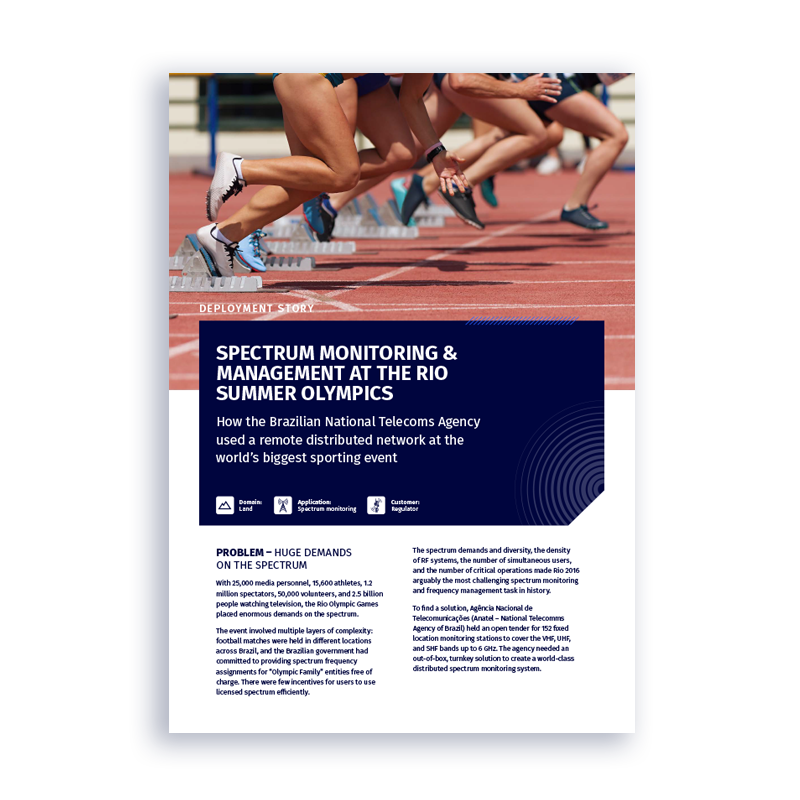
Deployment story
Spectrum monitoring & management at the Rio summer Olympics
How the Brazilian National Telecoms Agency used a remote distributed network at the world’s biggest sporting event
Jaimie Brzezinski
Jaimie Brzezinski is Head of Content for CRFS. His specialty is turning highly technical ideas into engaging narratives. He has 15+ years of experience in writing technical content and building global teams of subject matter experts.

